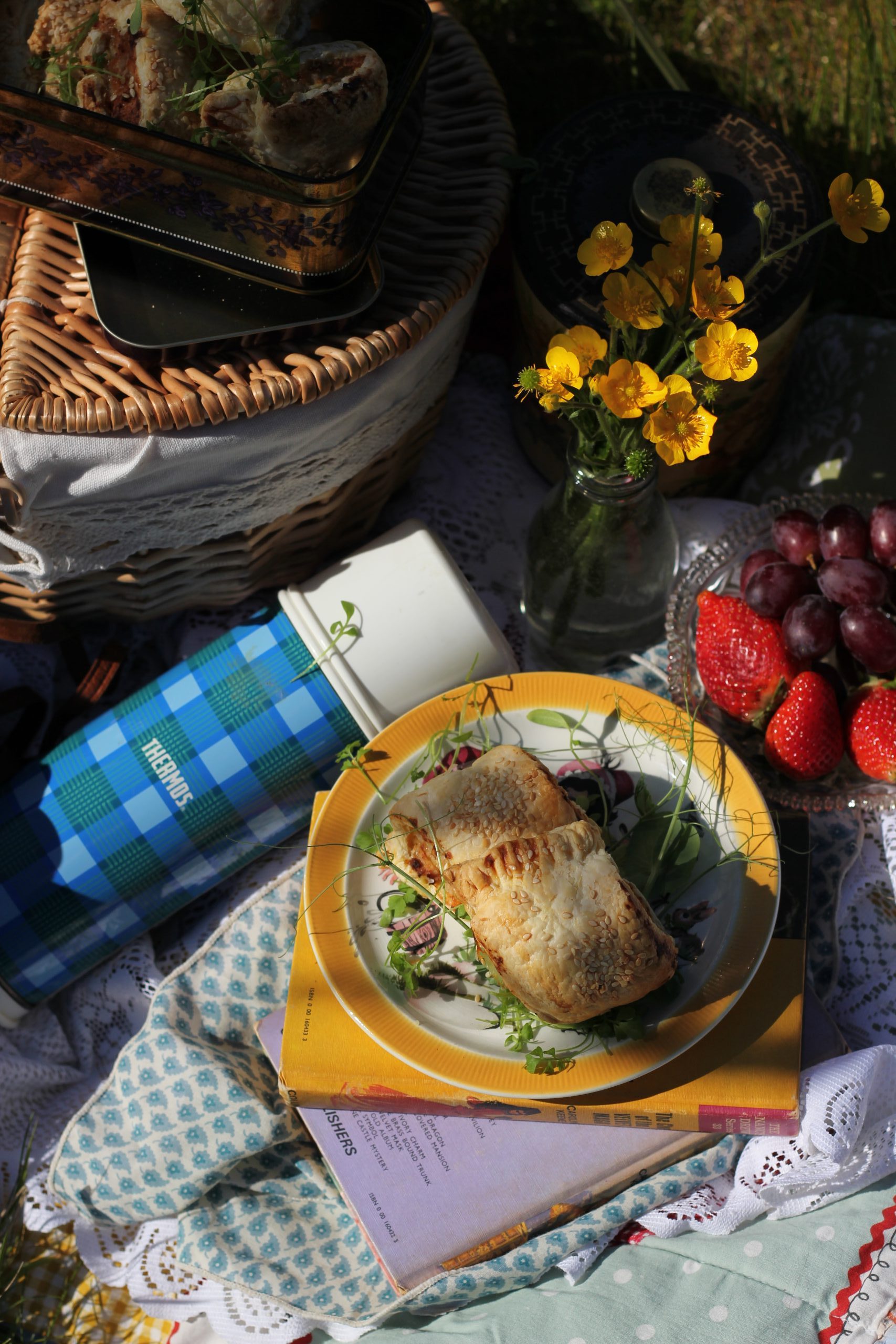
Getting To Know Portion Sizes
Thu Aug 20 2015

[rev_slider portions]
Nutritionist Aoife Carey tells us all about finding the right balance between healthy eating and portion sizes. While it’s all well and good following a healthy lifestyle, recent reports have shown that most of us are eating portions that are way too big for our daily requirements. To find out more, read on.
Portion sizes for adults
Portion sizes are growing both in the home and in restaurants. With sharing bags of high calorie snacks and supersized fast food it’s no wonder 1 in 3 adults say they find it hard to know how much to eat. Research has consistently shown that the larger the portion served the more we eat. When cinema-goers in the US were given a large tub of stale popcorn they still ate more than those given a medium portion even though it was 14 days old! Here’s some simple ideas using a plastic disposable cup for keeping an eye on your portion sizes;
- 1 ½ cups of high fibre cereal- just weigh that out one morning and you may be very surprised!
- 2 eggs
- 2 slices of bread (wholegrain recommended)
- 1 cup of cooked pasta or rice
- 1/3 cup of uncooked oats
- 1 teaspoon is a normal portion of butter, jam or peanut butter
- 1 cup of fruit juice or smoothie is considered one of your 5-a-day. Juices are high in sugar so stick to one glass a day. If making your own juices or smoothies throw in some vegetables such as spinach, kale, avocado or carrots. My favourite breakfast smoothies spinach, pineapple, cucumber, kiwi and lime!
- Fruit is perfectly portion controlled- 1 apple or banana or pear or orange or2 kiwi’s, mandarins or plums
- 10-12 grapes or berries
- A match-box size of cheese is one portion!
- A portion of meat is a piece the same size as the palm of your hand
Some other handy tips include using smaller dinner plates and shallower bowls. Eat at the kitchen table, without interruptions from TV’s or mobiles, so you can recognise when you’re full and not mindlessly over eat.
Make sure your not confusing hunger for thirst by drinking water little and often throughout the day- keep a water bottle on your desk or in the car so it’s to hand. Throw some fresh mint and cucumber into your bottle to keep it refreshing!
Ever open a small bag of crisps and think how little there is in them! We have got used to eating from large sharing bags and it’s easy to eat a couple of portions in one go. Where possible buy individual portioned snacks. And avoid eating ice-cream straight from the tub…………….!
Portion sizes for children
Children, over 5 years of age, have different nutritional requirements to adults and they need a constant supply of the right foods and nutrients in order to grow. They usually prefer to eat little and often rather than large meals. One of the leading causes of childhood obesity is increasing portion sizes and many parents struggle to work out what’s appropriate. Here’s some handy hints to help you make child size portions:
- Use child size plates! Dinner plates are too big for small kids. This also works if you’ve got fussy eaters as they tend to eat more if it looks like there’s less on the plate
- If kids are hungry after dinner, let them have seconds of vegetables first and if their still hungry seconds of meat or potatoes/rice/pasta.
- Kids, like adults, need to stay hydrated. Encourage your kids to drink water throughout the day avoiding sugary juices and cordials. Throw in some fresh fruit, such as lemon, lime, or orange wedges, to flavour the water.
- It takes 12 tastes of a new food before you get used to the new taste and texture. Persevere with new foods by regularly offering kids a small portion and encourage them to taste it each time. Kids should eat the same food as their parents so encourage them by trying new foods yourself!
- If your kids don’t like vegetables try hiding them! Add grated carrot to Bolognese sauce, blend red peppers into tomato pasta sauce or add some fresh spinach, peas or sweetcorn to Shepherd’s pie. Vegetable soups are also a great way of getting lots of vegetables into the diet and are a perfect after school snack to keep hunger at bay till dinner time.
- Remember that individual portion sizes of many snacks are designed for adults and not children. If you are going to give your kid these kids of snacks half them to make them kid size portions! Offer healthy snacks such as small bag of popcorn, fruit, vegetables sticks (carrots, cucumber, peppers) or baby tomatoes, crackers and cheese or yogurts.
Dr. Aoife Carey is registered dietitian and clinical researcher. Having completed a degree in Dietetics in Northern Ireland she pursued her interest in childhood nutrition by obtaining a PhD in paediatric nutrition in 2012. As a keen runner and weightlifter she is passionate about the role nutrition can play in optimising health.
Over the next few weeks we will be discussing many exciting nutrition topics for you and your family. If you have any questions or topics you’d like to see discussed please contact us at [email protected]
Slider mages with thanks to safefood.
Feature Image via thenutritionpost.com






